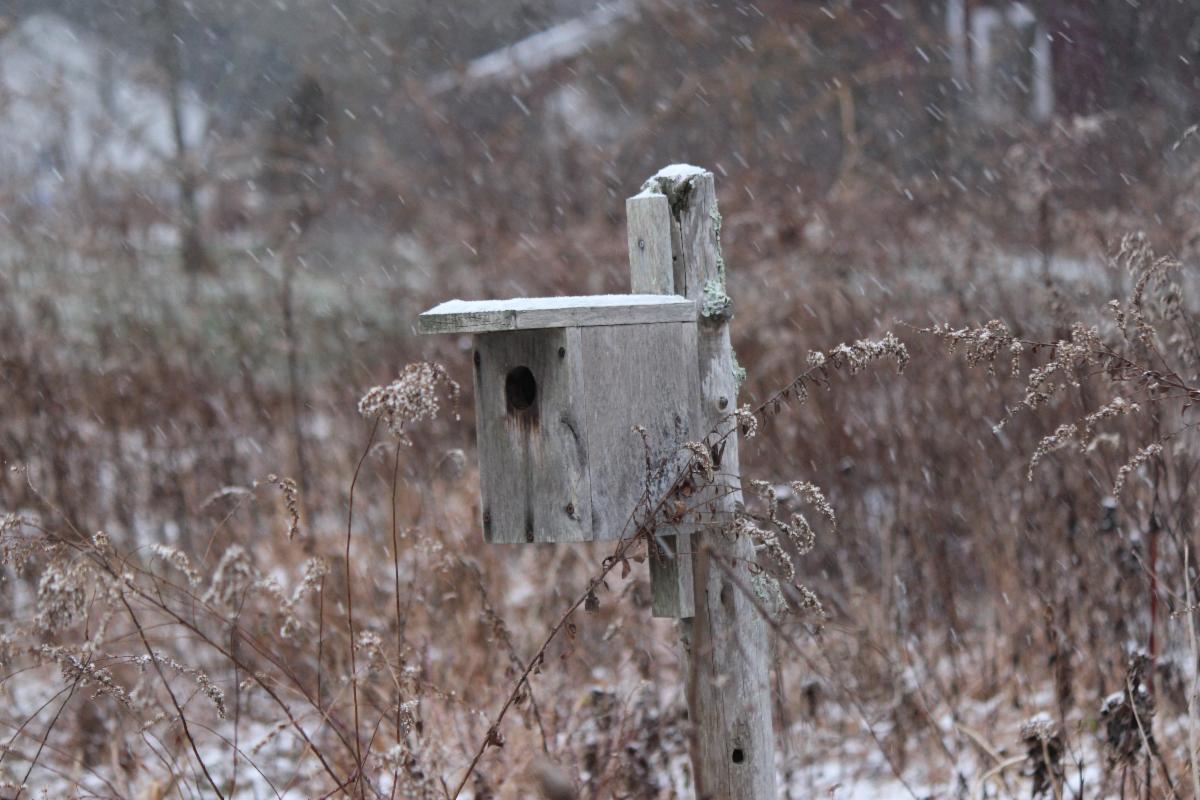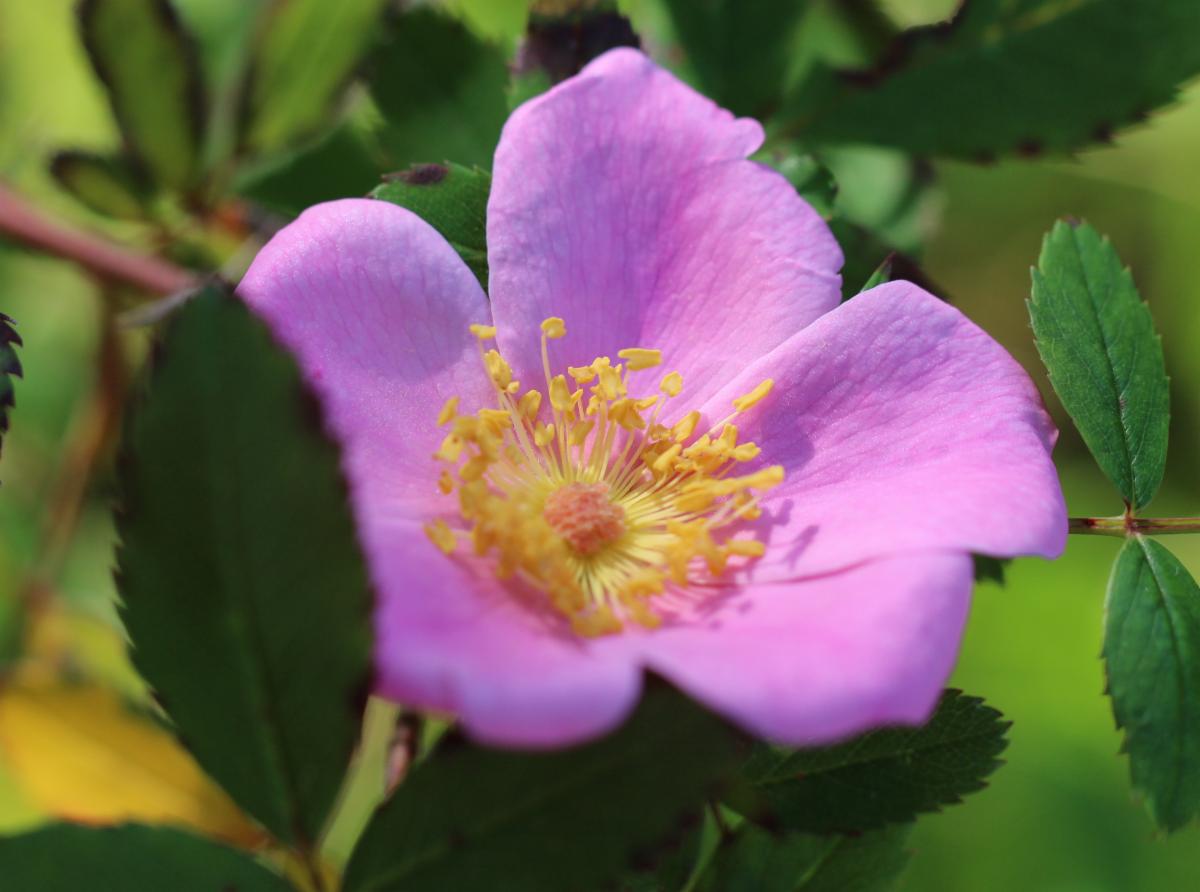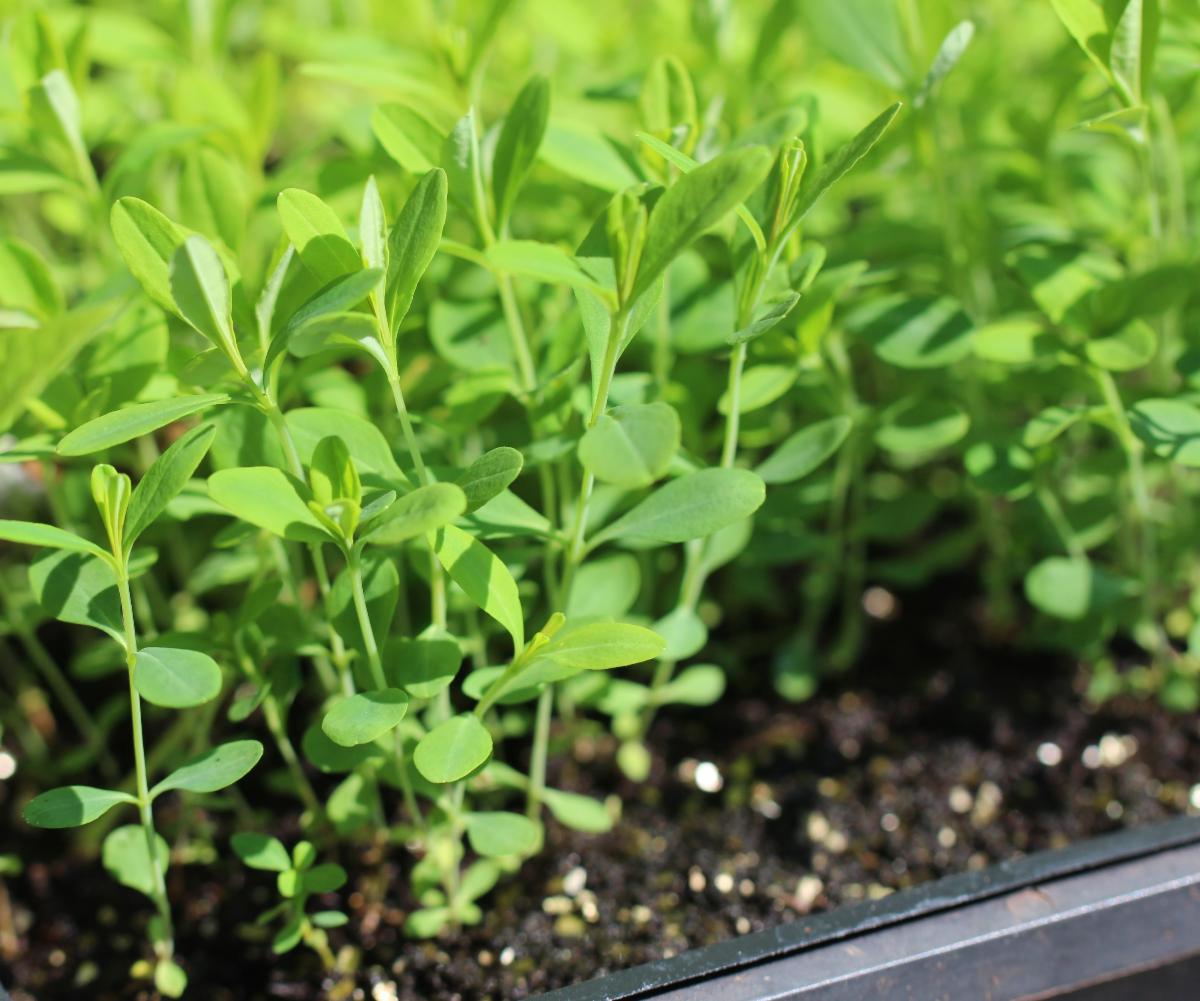Wintertime Gardening Ideas
Some ideas on how to stay sane while the weather outside is frightful

Sometimes winter weather just doesn't inspire gardening...
Winter can be a hard time of year for everyone, and it's particularly difficult when you can't see your loved ones for the holidays. Compound that with shorter days, colder weather, and not being able to garden to stay busy, and, well, it doesn't exactly feel like the most wonderful time of the year. So what's a gardener to do when forced to hunker down indoors for such a long stretch? Feeling productive is immensely helpful to keep yourself from climbing the walls when stuck indoors, so here are some 'pre-gardening' suggestions.
Method 1: Plan a Garden

Small native shrubs like this Carolina Rose (Rosa caroliniana) make great cornerstones in a garden plan.
Properly planning a garden is sort of like solving a jigsaw puzzle: while it can be done quite simply, you can also go very in-depth considering different factors. If you're looking for a project and you like puzzles, this can be extremely rewarding. First, figure out the conditions of the location (is it soggy? is it sunny? is it near the road which means the plants need to be salt-tolerant? do you have a lot of deer?).
Second, consider the purpose of the garden (rain garden? butterfly garden? do you just want some nice flowers?). Now, use that information to choose plants, taking into account their preferred conditions, heights, where they're native to, tolerances, their bloom periods (ideally a garden should have plants blooming all season long: this requires planting species that bloom at different times), etc.. This can involve as much or as little work as you want it to (although more research will yield more polished results), and your final design can be as complex or as simple as you want. You can use plants of differing heights to create a cascading effect, with the tallest in the back and the shortest to the front. You can personalize the colors you want to see, add in different sorts of shrubs as centerpieces, or go all-out and create a habitat garden plan. Have fun with it! This is a great way to "garden" while simultaneously sipping your hot beverage of choice and staring meaningfully out the window at your snow-covered yard.
Method 2: Plant a Seed (or Several)
Our January blog will talk about this more, but winter is actually the best time to plant wildflower seeds, because many wildflower seeds need to be convinced that winter happened before they'll grow (it's called cold stratification: they need to be both cold and moist for a time to be convinced). Don't worry, there's still plenty of time in the winter to do this, if you're interested in growing wildflowers from seed.

Shrubby St. Johnswort (Hypericum prolificum) seedlings
But more to the point in terms of keeping busy during the winter, you can actually cold stratify wildflower seeds in a refrigerator, and then take them out after their stratification period and either plant them outside as seeds, or transplant them after they've sprouted. Planting un-stratified seeds directly outside during the cold of winter is of course a perfectly viable option to accomplish the same thing, but this can be a nice way to have something plant-related to putter about with while you're trapped indoors, and it gives you a transplant project for the spring as well.
Method 3: Try a Good Book

Looking forward to spring, when the Blue False Indigo (Baptisia australis) blooms...
What's better than curling up with a good book when it's too cold to go out and get your hands dirty in the garden? Curling up with a good book about gardening! These books are not only immensely informative, but they're also thought-provoking, and may impact the way you plan your next garden. We recommend giving them a try!
- Bringing Nature Home by Douglas W Tallamy
- Nature's Best Hope by Douglas W Tallamy
- Garden Revolution by Larry Weaner and Thomas Christopher
- The Living Landscape by Rick Darke and Douglas W Tallamy
- Lawns into Meadows by Owen Wormser
- The Last Child in the Woods by Richard Louv

It's this time of year that makes us grateful to see evergreen species like Adam's Needle (Yucca filamentosa)!

Randi V.W. Eckel, PhD
